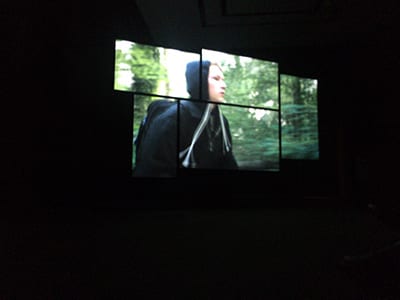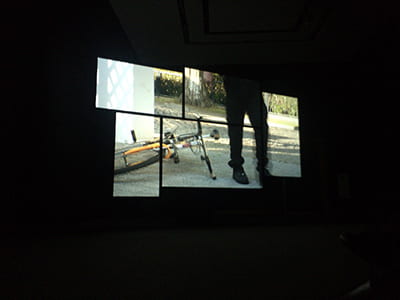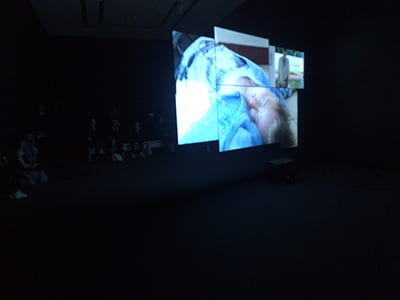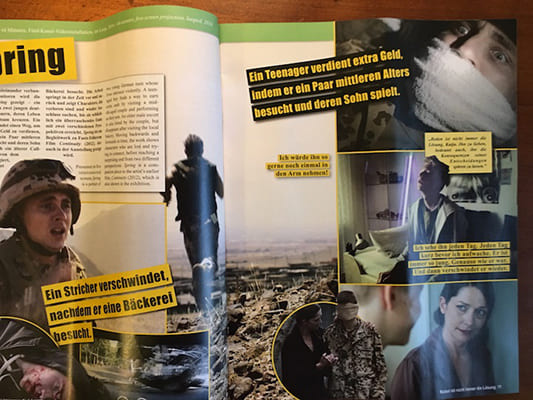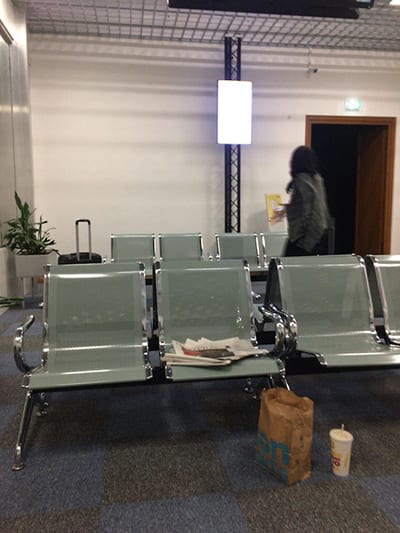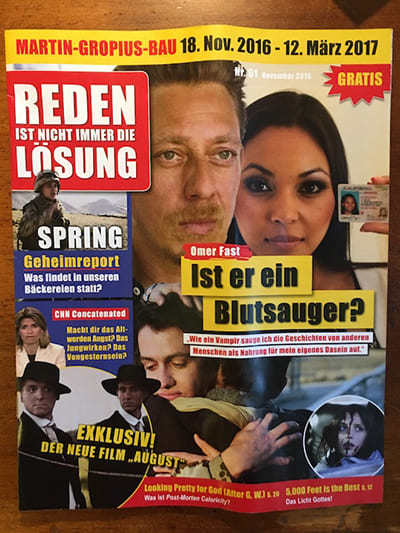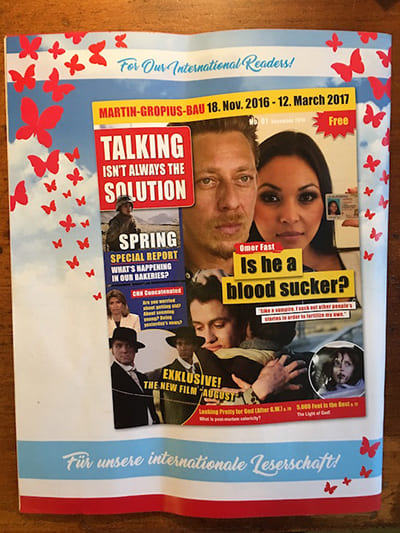

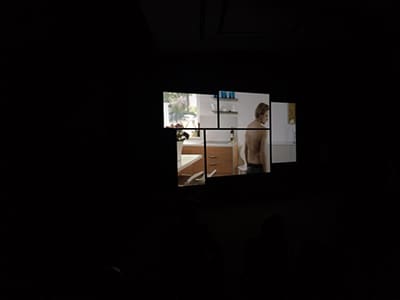
REPOTER

- Kazuhito Habu
- JobCurator, Media Art Management
In 2001, I established onpa))))), a media art curation label in Berlin. I have constructed a worldwide network of artists and festivals, and am currently active as a jet-setter between Berlin and Tokyo.
What's New
-

- 2025.12.23
- A space for open dialogue
- Milan( Italy )
-

- 2025.12.22
- How to Pass the English Exam
- London( UK )
-

- 2025.12.19
- A four-day trip to Tasmania, featuring wineries and breweries
- Sydney( Australia )
-

- 2025.12.18
- Blog Liguria - Bizarre Vending Machines
- Genoa( Italy )
-

- 2025.12.17
- More and More Ice Cream Parlors are Opening
- Sao paulo( Brazil )
-

- 2025.12.09
- The least-Italian city in Italy
- Milan( Italy )
REPORTER
-

- Yuriko Mikami
- MilanItaly
-

- GianFranco Belloli
- LondonUK
-

- Hiroko Fujita
- SydneyAustralia
-

- Patrizia Margherita
- GenoaItaly
-

- Nami Minaki Sandra
- Sao pauloBrazil
-

- Daniiar Bakchiev
- BishkekKyrgyz Republic
-

- Shoko Yamamoto
- ParacasPeru
-

- Megumi Ota
- Santo_isidoroPortugal
-

- Chieko Suganuma (maiden name : Nagura)
- Gold CoastAustralia
-

- Susumu Yamada
- MadridSpain
-

- Patrick Sacco
- Austin, TexasU.S.A
-

- Alberto Ferrando
- SydneyAustralia
-

- Patrizia Margherita
- PortlandU.S.A
-

- Chuleeporn Suksabye
- Chiang MaiThailand
-

- Padra Rivodo Hiromi
- MonterreyMexico
-

- Erika Anderson
- CarmelU.S.A
-

- Keiko Miki
- DublinIreland
-

- Knowledge Capital Staff
- Japan-townJapan
-

- Rim
- DusseldorfGermany
-

- Claudia Diaz
- New YorkU.S.A
-

- Zia Fariya
- BangaloreIndia
-

- Mara Groner
- BerlinGermany
-

- Lisanne Kleinjan
- RotterdamNetherlands
-

- Christine Pilcavage
- MassachusettsU.S.A
-

- Martha Hickey
- MichiganU.S.A
-

- Mirai Tsuda
- FirenzeItaly
-

- Kazuya Yamaoka
- MontereyU.S.A
-

- Takae Nagamiya
- Los AngelesU.S.A
-

- Kazuhito Habu
- BerlinGermany
-

- Sanja Bogetic
- BelgradeSerbia
-

- Sarena Ehrlich
- FontainebleauFrance
-

- Yves Lalune
- DijionFrance
-

- Martha Hickey
- AmsterdamNetherlands
-

- Hiroshi Yamauchi
- VilniusLithuania
-

- Ritsuko Derickson
- WashingtonD.C.U.S.A
-

- Rei Watanabe
- BerlinGermany
-

- Tatsuji Seki
- BangkokThailand
-

- Rubin Cynthia Beth
- New HavenU.S.A
-

- Miho Bokuda
- FirenzeItaly
-

- Pat Lee
- Hong kongChina
-

- Weikalossu Lin
- TaichungTaiwan
-

- Emiko Ogawa
- LinzAustria
-

- Hironari Masuda
- ShanhaiChina
What's New
-

- 2025.12.23
- A space for open dialogue
- Milan( Italy )
-

- 2025.12.22
- How to Pass the English Exam
- London( UK )
-

- 2025.12.19
- A four-day trip to Tasmania, featuring wineries and breweries
- Sydney( Australia )
-

- 2025.12.18
- Blog Liguria - Bizarre Vending Machines
- Genoa( Italy )
-

- 2025.12.17
- More and More Ice Cream Parlors are Opening
- Sao paulo( Brazil )
-

- 2025.12.09
- The least-Italian city in Italy
- Milan( Italy )









